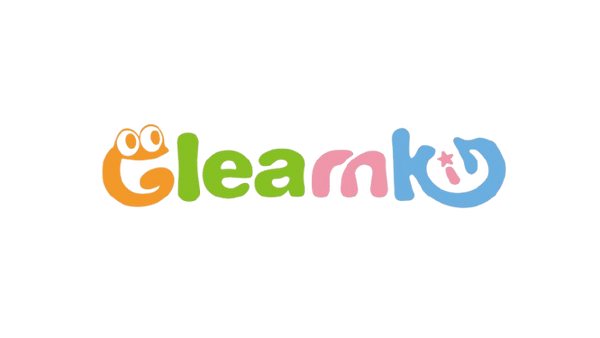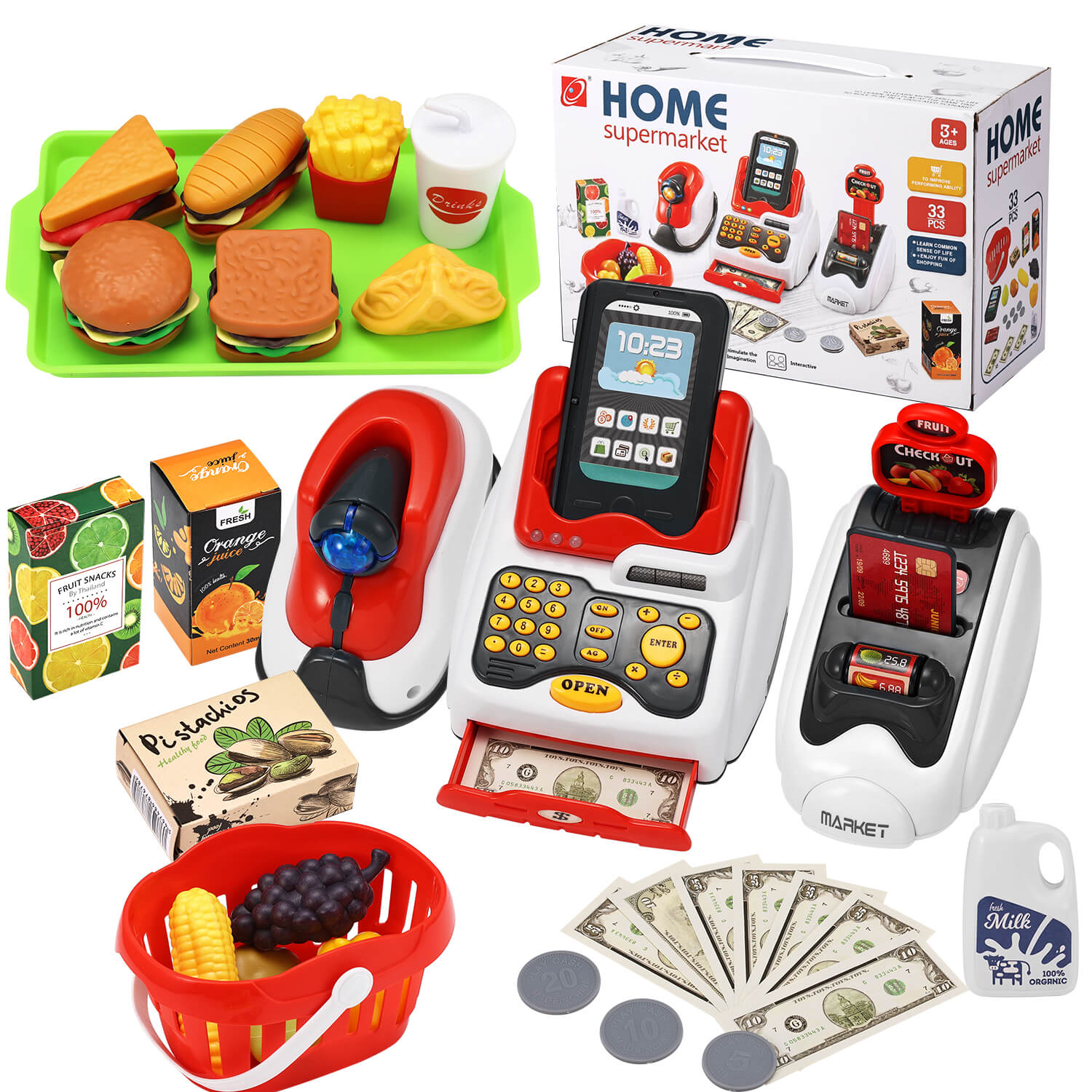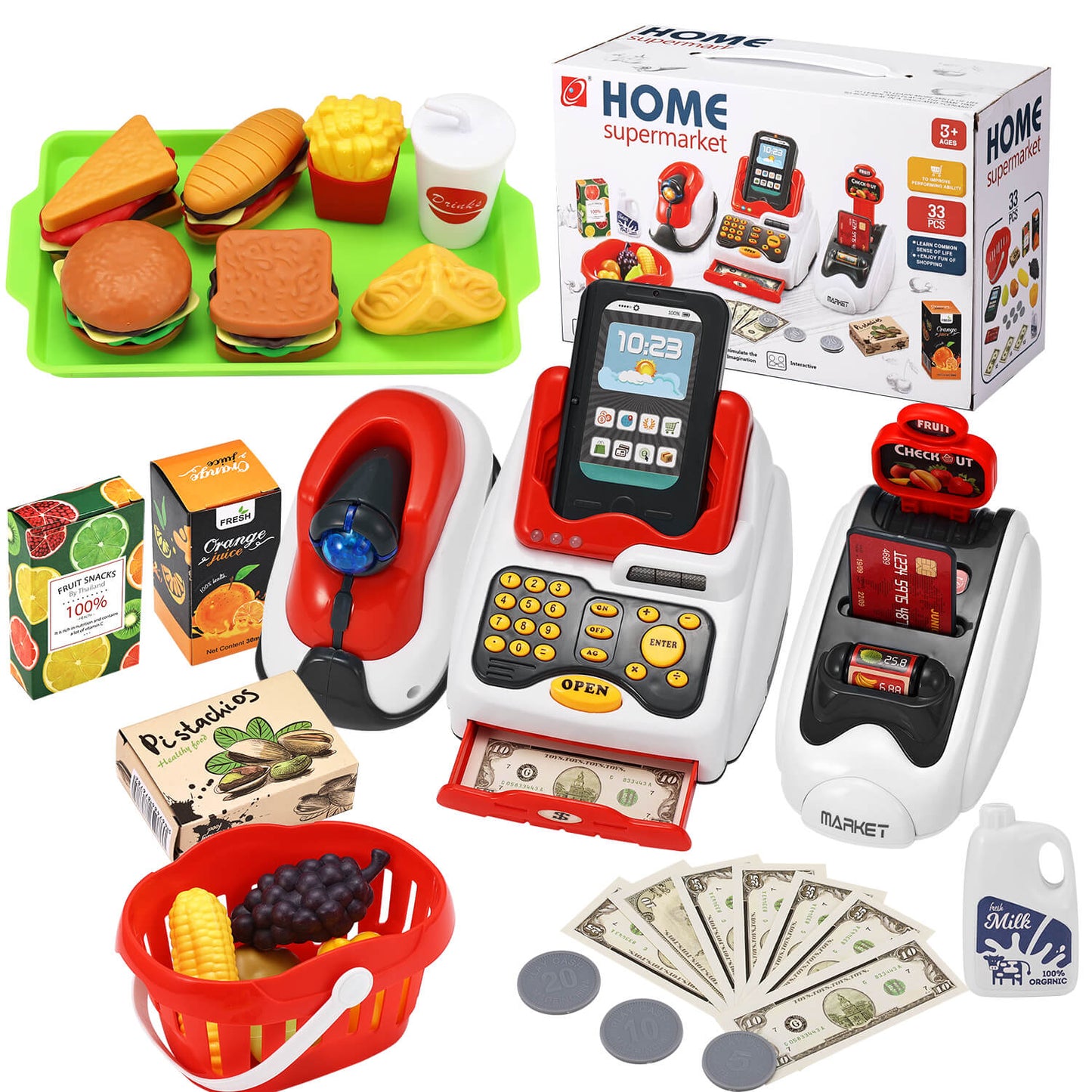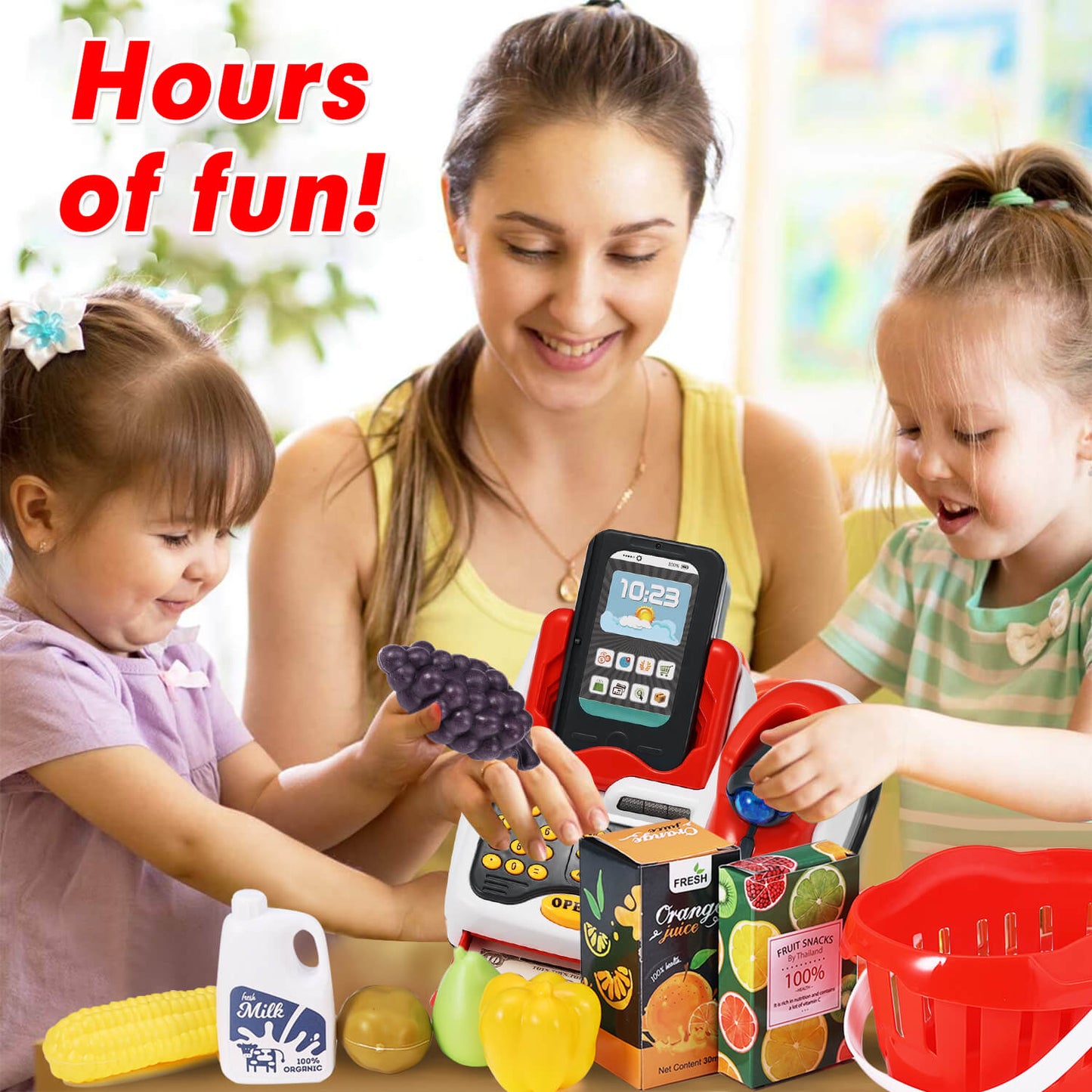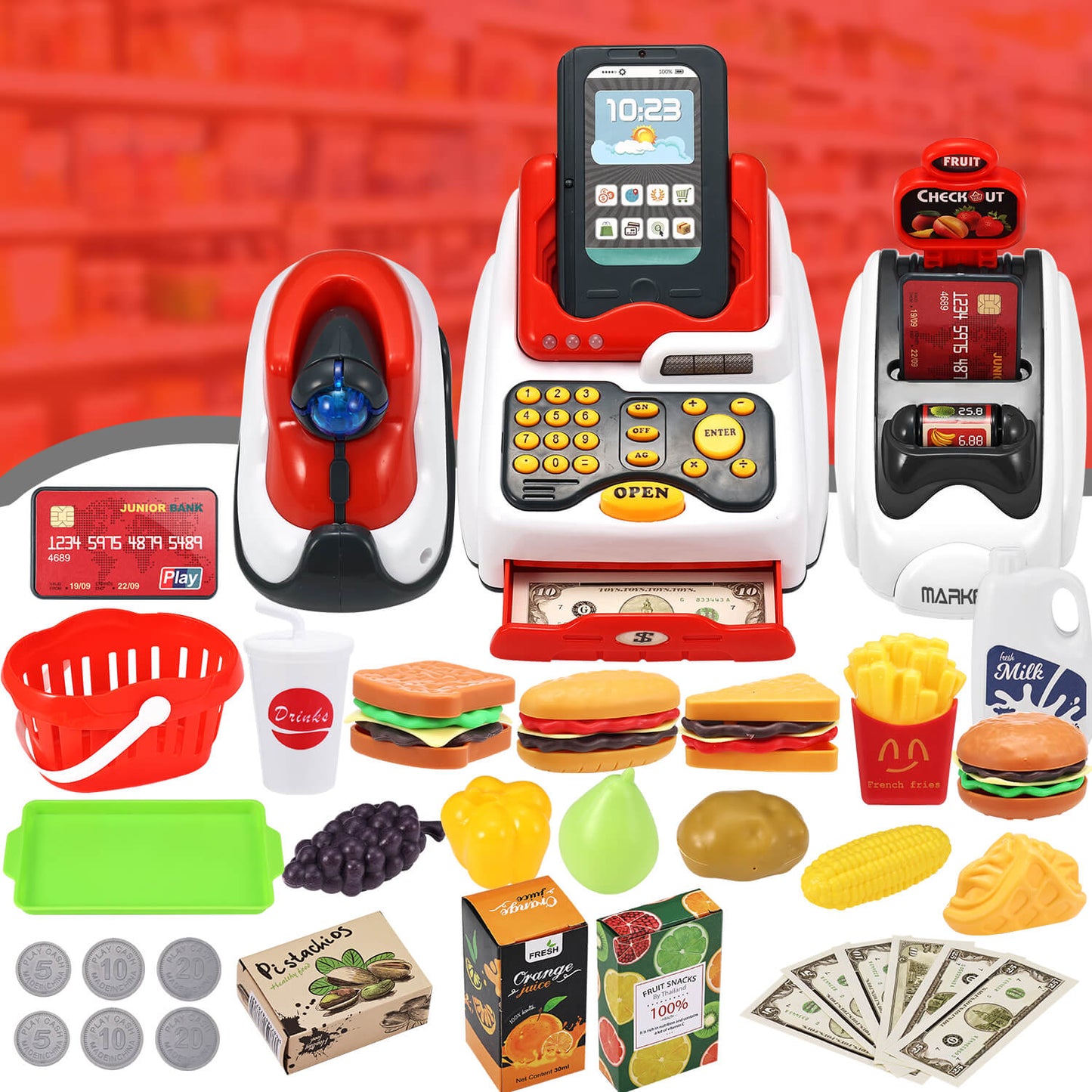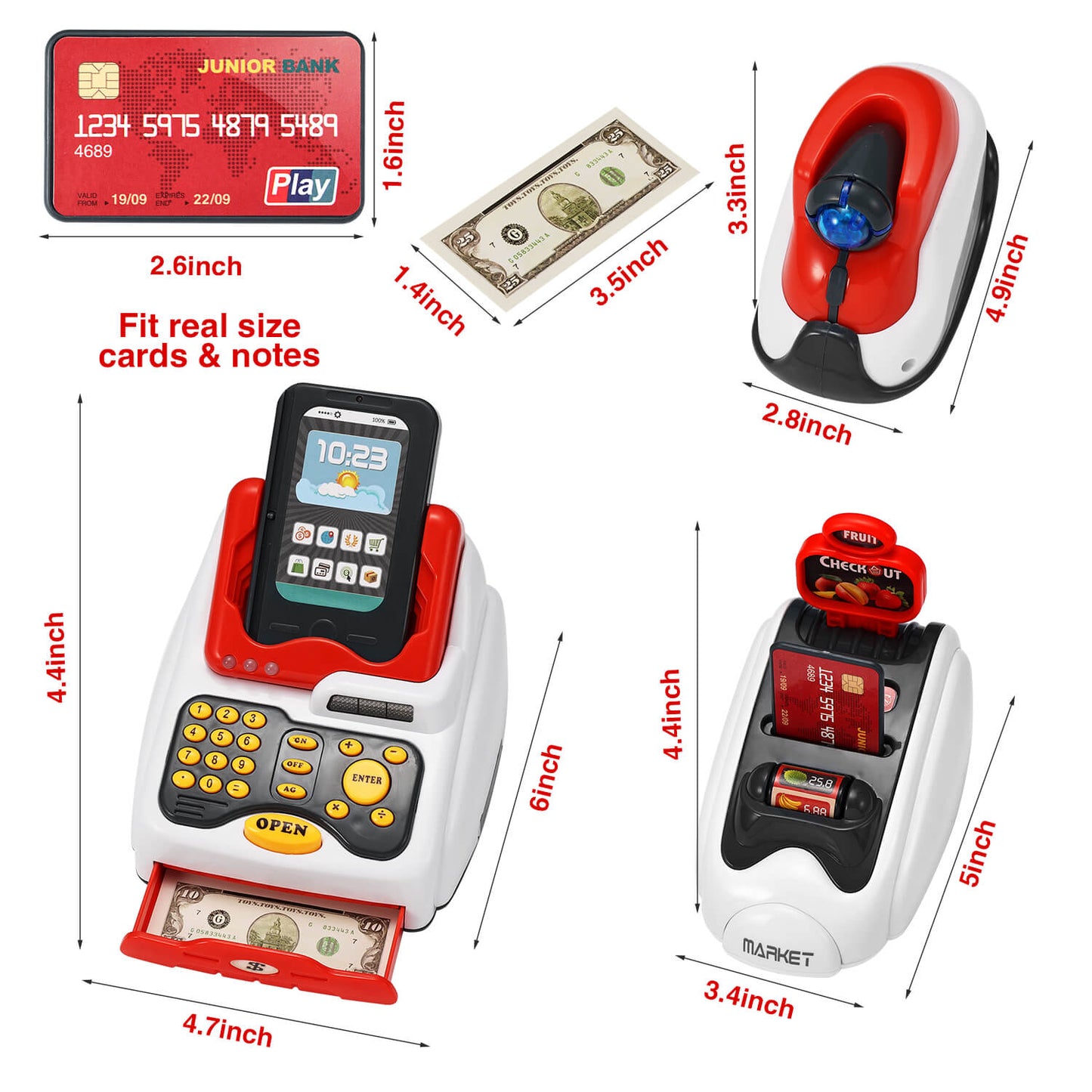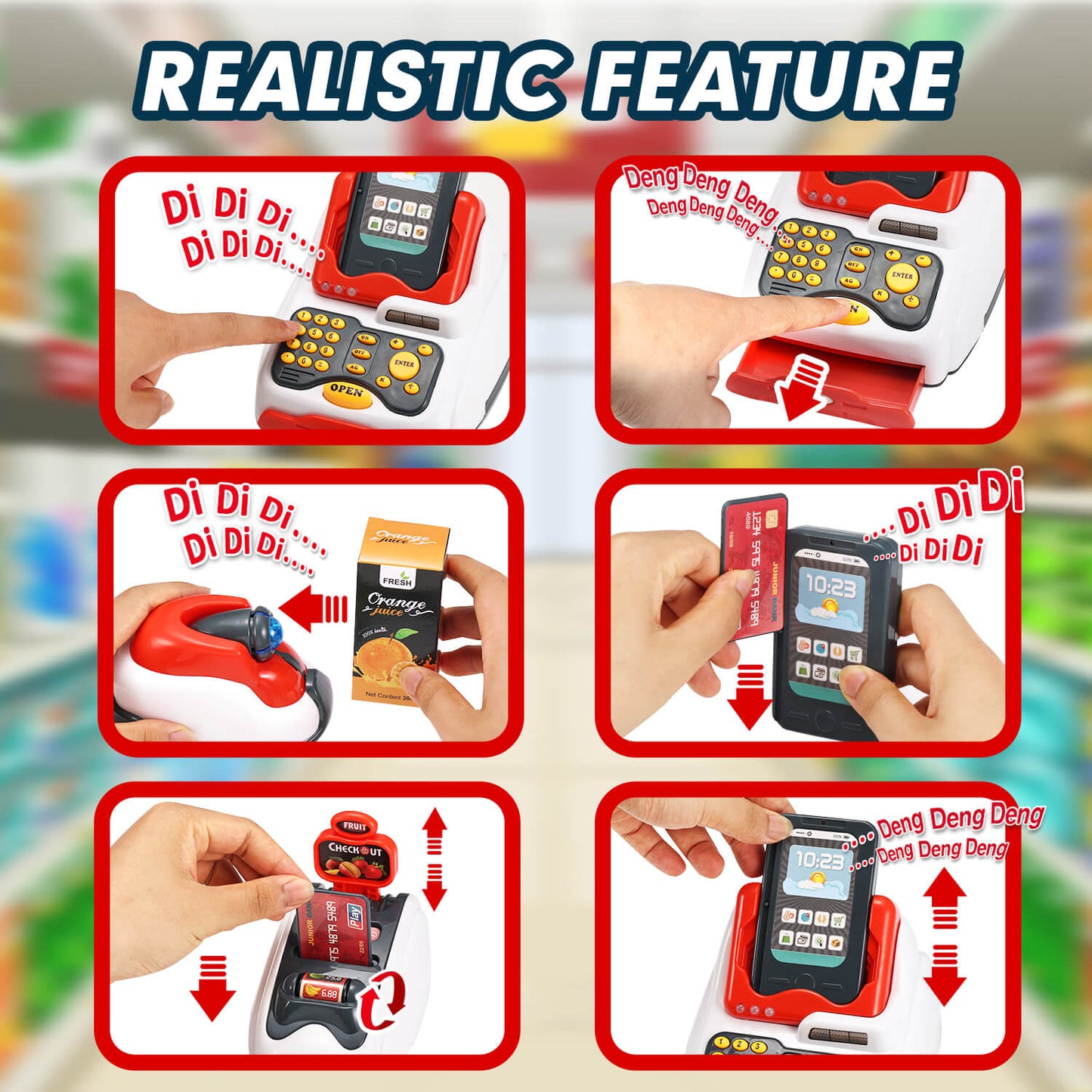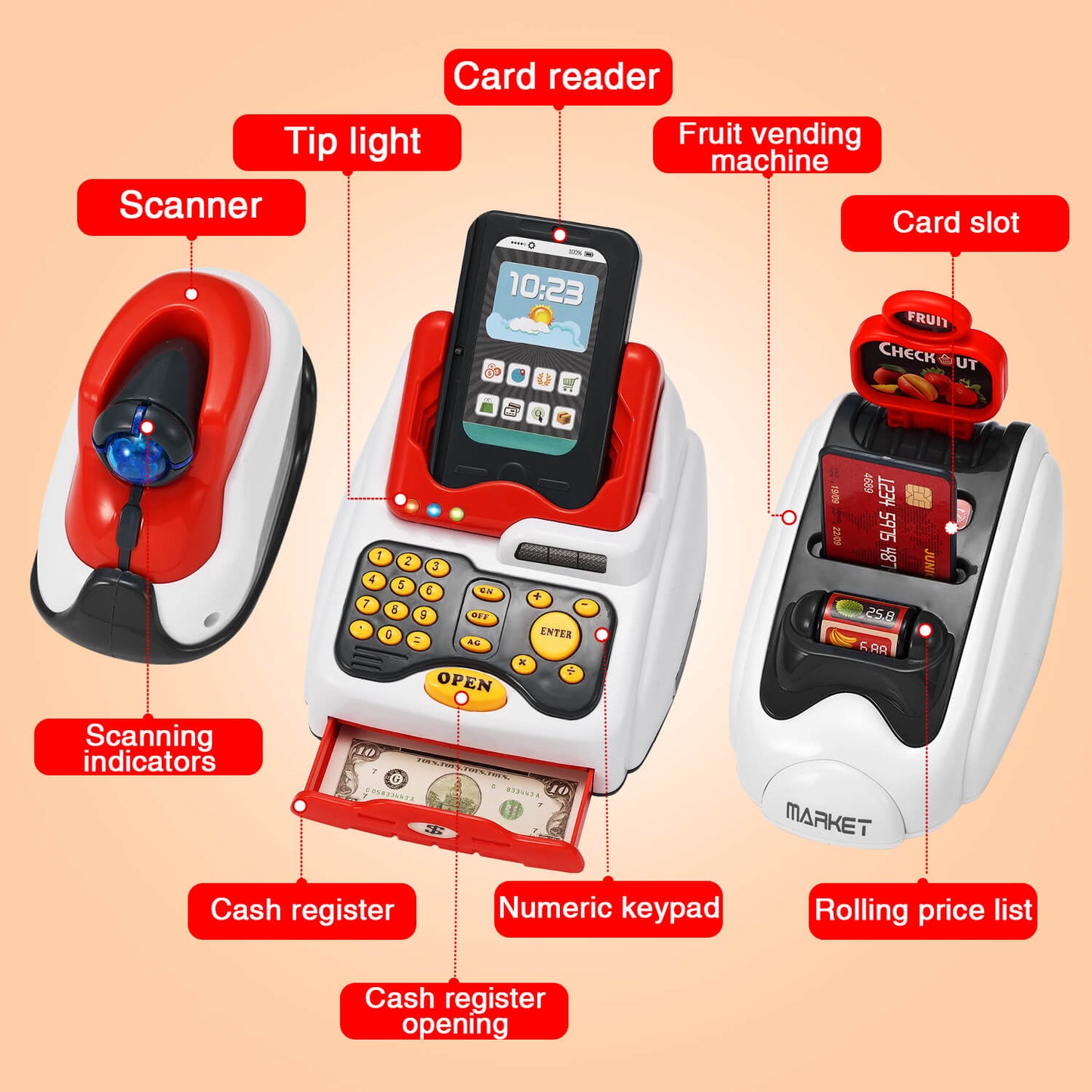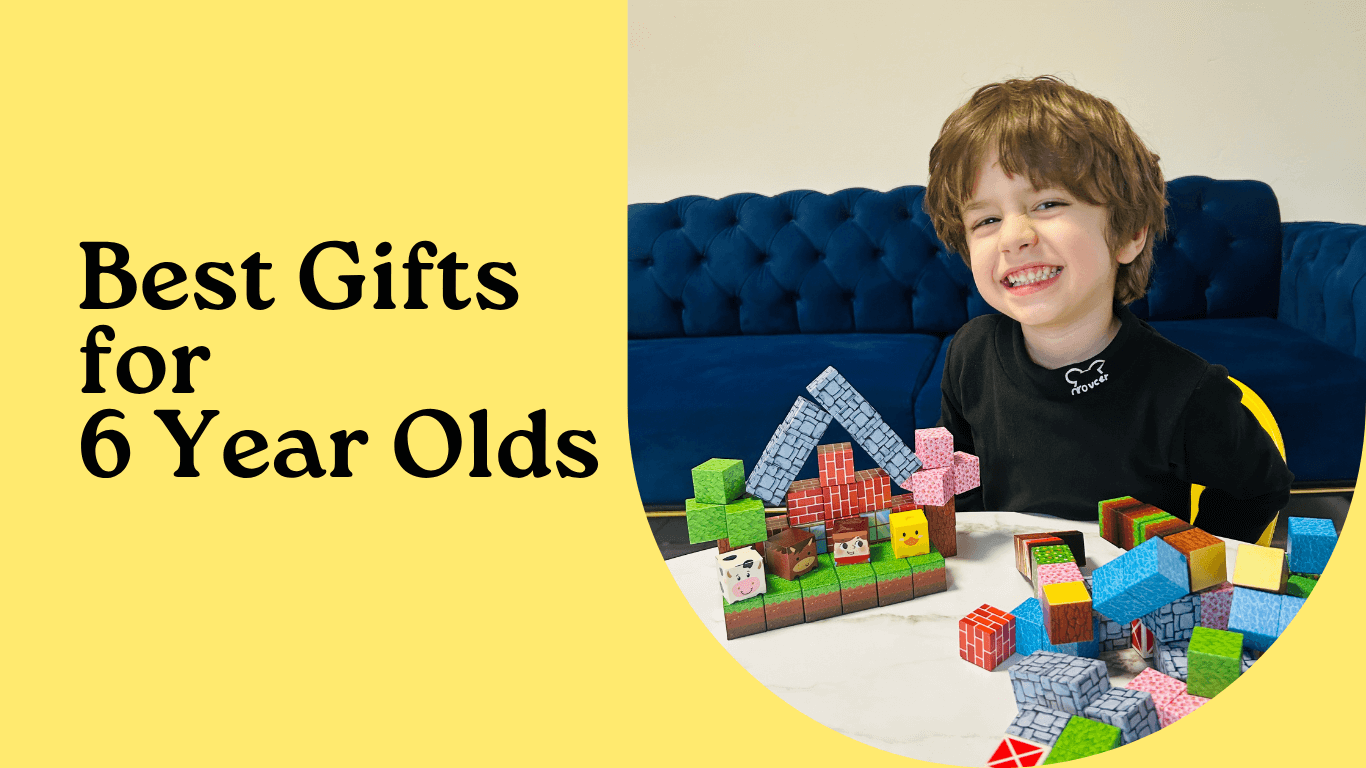
Is Your Child Afraid of Math? Try This Toy Cash Register Learning Method
Share
Does your child clamp up when you ask, “What’s 5 plus 4?” Do they avoid math worksheets like they’re broccoli? You're not alone. Studies show that nearly 40% of kids develop math anxiety by age 8, according to research from the University of Chicago. The problem? Math often feels like a bunch of random numbers on a page—no connection to their world.
But what if learning numbers could feel like playing store? If your child struggles with numbers, a toy cash register can turn math into a fun, hands-on game. Let’s explore how this playful tool transforms fear into joyful learning.
Why Math Anxiety Hits Kids and How Play Can Help
The Roots of Math Fear
The Role of Play in Reducing Learning Stress
Why a Toy Cash Register is a Perfect Tool
- A toy cash register with scanner combines:
- Math skills: Counting, addition, subtraction
- Life skills: Taking turns, handling “money”
- Creativity: Pretend scenarios with friends or family
Educational Benefits of the Toy Cash Register Learning Method
Building Number Recognition and Counting Skills
Learning Addition, Subtraction, and Making Change
Making change is one of the most practical math skills — and one of the hardest to teach on paper.
With a toy cash register, they learn by doing:
- Adding up a customer’s total
- Subtracting to give change
- Double-checking amounts
Tip: Start simple — exact payment only — then add the “change challenge” once they’re confident.
Encouraging Problem-Solving and Critical Thinking
As a shopkeeper, your child has to figure out pricing, manage inventory (toy food, for example), and solve small problems. What if a customer wants a special deal? These scenarios encourage critical thinking and quick decision-making in a low-pressure setting.
"Budget challenges": "You have $10. Can you buy a book ($8) AND markers ($2)?"
"Discount day": "Everything 50% off! How much for a $10 toy now?"
Boosting Social Skills Through Role Play
Taking turns as cashier and customer teaches patience and communication. “Can you explain that total again?” helps kids articulate math ideas—a skill that translates to classroom participation.
Frequently Asked Questions (FAQ)
What age is best for using a toy cash register?
My child hates math—will this work?
How long should each learning session be?
Keep it short: 10–15 minutes for preschoolers, 20–30 minutes for older kids. The moment you sense their attention waning, it's time to stop — leaving them eager to play again.
Ready to turn math anxiety into a fun, educational game?
The right toy cash register is more than just a toy; it’s a gateway to learning. For toddlers and preschoolers, our 3-in-1 Cash Register Set offers a complete cashier experience with a realistic scanner and card reader, making it the perfect math toy.
If you're looking for more interactive features, our Pink Kids Pretend Cash Register with its working conveyor belt, microphone, and a whopping 25 kinds of music adds a whole new layer of fun.
Both toy cash register sets help kids practice counting, money skills, and social play. Perfect for ages 3+.
